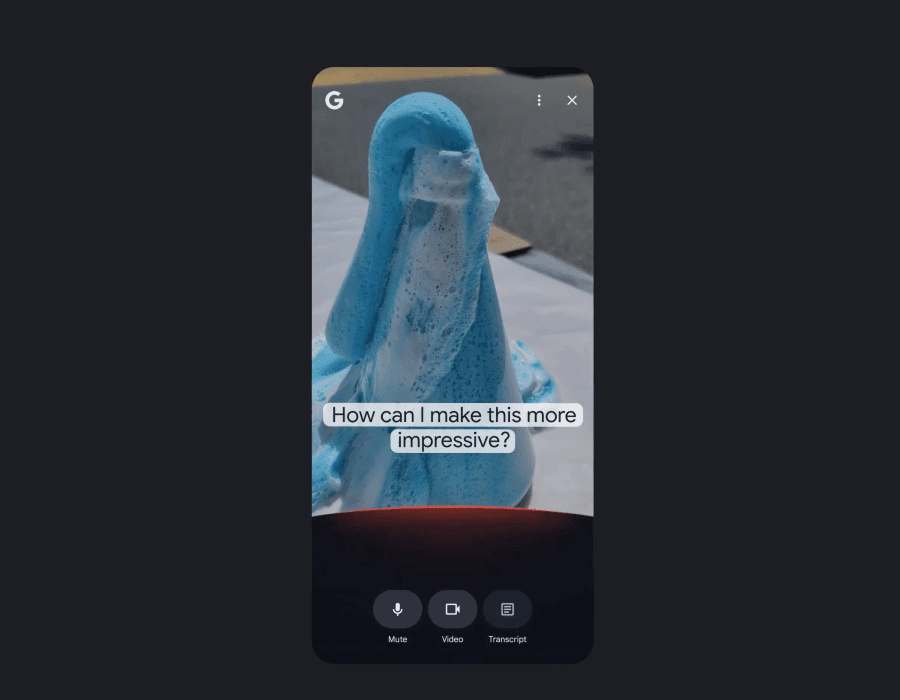Google just flipped the switch on Search Live for everyone in the US, bringing conversational AI search to millions of users. The feature lets you talk to Google's AI assistant in real-time while pointing your camera at objects for multimodal queries. After months of limited testing in Google Labs, this represents Google's biggest push yet into ChatGPT-style conversational search.
Google just made its biggest AI search bet yet, rolling out Search Live to every US user after months of quiet testing. The feature transforms how people search by letting them have natural conversations with an AI assistant that responds instantly and pulls in live web results. This isn't just another voice search update - it's Google's direct answer to OpenAI's ChatGPT voice mode and a glimpse at search's conversational future. The rollout comes through the Google mobile app on both Android and iOS, where users now see a prominent "Live" button beneath the familiar search bar. But here's where it gets interesting: you can activate your camera during these conversations, turning Search Live into a multimodal assistant that sees what you're looking at. According to Google's official announcement, the feature also integrates with Google Lens, creating a seamless experience for visual queries. The timing feels strategic. While OpenAI has been pushing ChatGPT's advanced voice mode and Amazon continues evolving Alexa, Google needed to show it could make search conversational without losing its core advantage: real-time web access. Search Live doesn't just chat - it surfaces relevant web links alongside its responses, maintaining that crucial connection to live information that pure AI chatbots often lack. Early demonstrations show the feature handling practical scenarios like identifying kitchen tools for matcha preparation or helping set up electronic devices by recognizing cables through the camera. These aren't just party tricks - they represent a fundamental shift toward contextual, visual search experiences that understand both what you're asking and what you're seeing. The feature graduated from Google Labs testing where it was available to limited users who opted into experimental features. That testing phase likely gave Google crucial data about conversation patterns, response accuracy, and how users blend voice queries with visual input. Now that data becomes the foundation for a nationwide launch. Industry watchers see this as Google's response to growing pressure from AI-native search competitors. While traditional search remains dominant, conversational AI tools are changing user expectations about how they should interact with information systems. can't afford to let competitors own this emerging interaction model. The English-only limitation suggests is taking a measured approach to international expansion, likely prioritizing accuracy and safety over speed. But don't expect that restriction to last long - search is inherently global, and will need multilingual support to maintain its worldwide search dominance. Behind the scenes, this launch represents massive infrastructure investments. Real-time conversational AI that can simultaneously process voice, camera input, and web searches requires significant computational resources. ability to scale this nationally shows how seriously the company is taking the conversational search transition. For competitors, today's launch is a warning shot. has been integrating AI into Bing, is rumored to be working on enhanced Siri capabilities, and continues pushing AI assistants across its platforms. But just demonstrated it can move from experimental feature to nationwide deployment faster than many expected.












